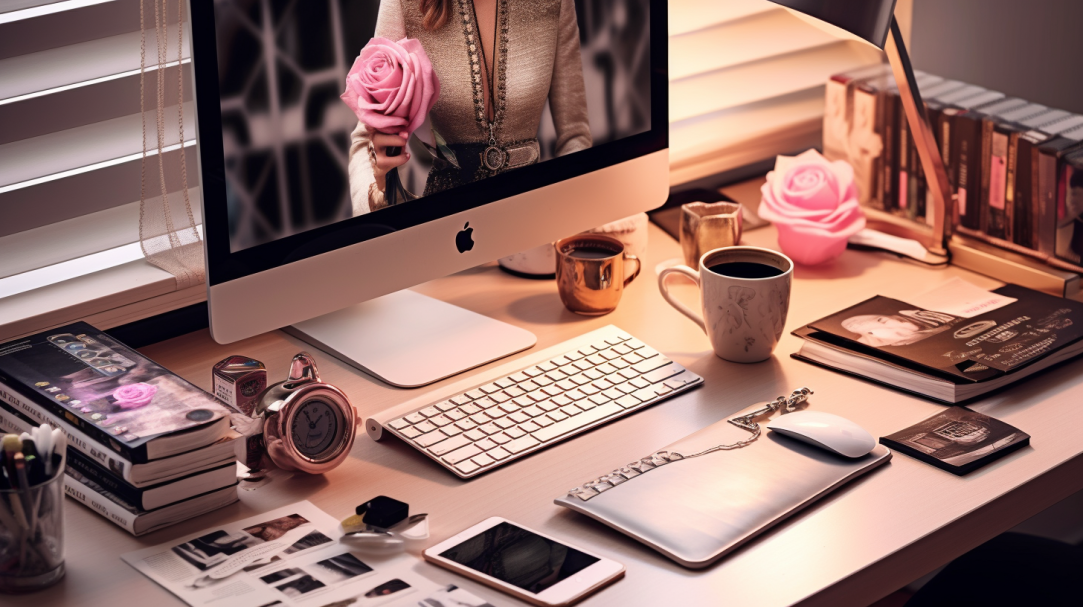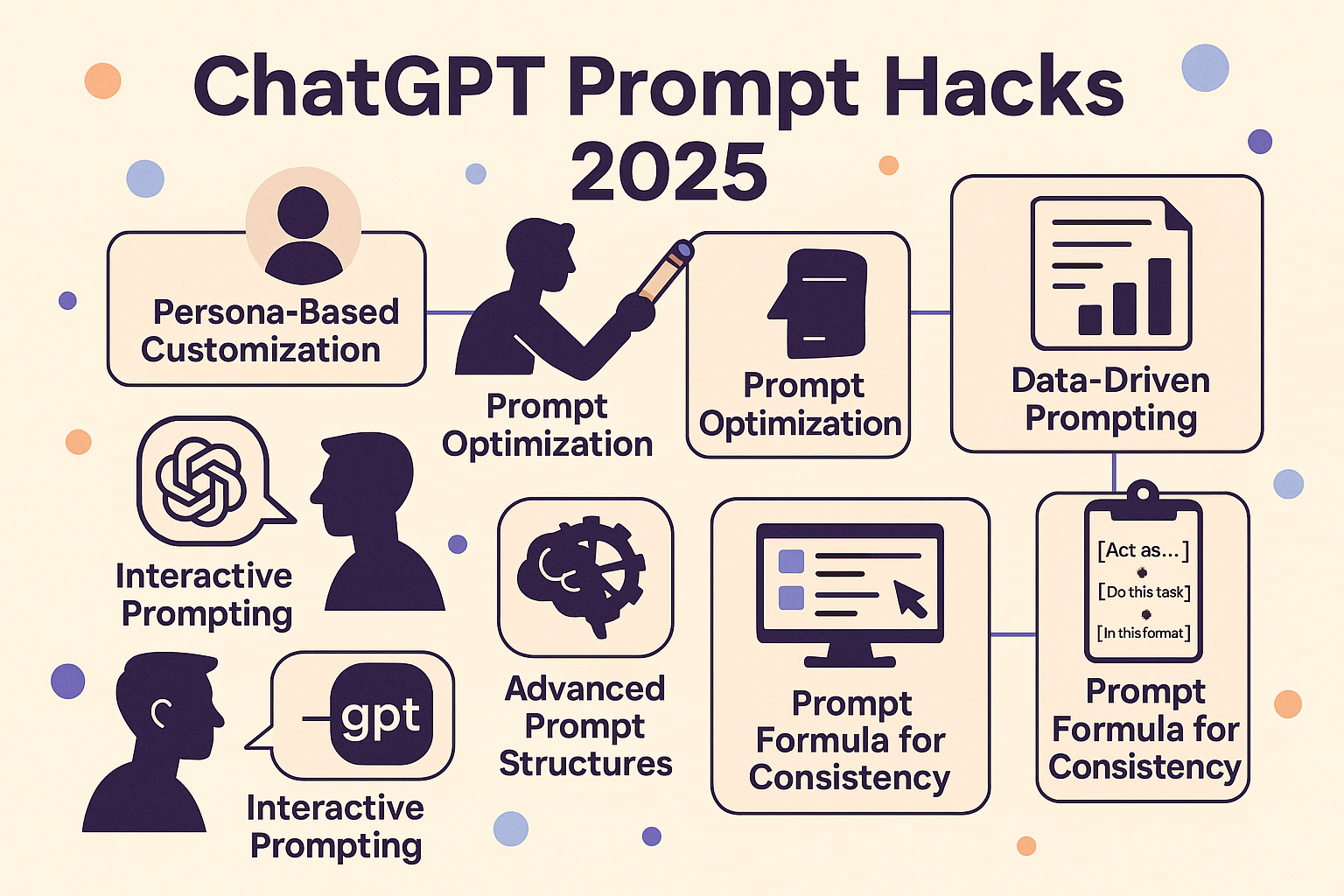The Fashion Frontier: How ChatGPT is Revolutionizing the Industry
Unveiling the Untapped Potential of AI in Fashion

The fashion industry is a dynamic, ever-changing landscape that thrives on innovation and creativity. With the advent of ChatGPT, a conversational AI model, the industry is on the brink of a technological revolution. This article delves into how various stakeholders in the fashion ecosystem—designers, brand owners, store owners, influencers, and fashion enthusiasts—can benefit from ChatGPT.
Designers: The Virtual Sketchpad
Real-life Example: Virtual Fashion Designer
ChatGPT can act as a virtual assistant for designers, helping them brainstorm ideas, create mood boards, and even sketch designs. Brands could input their design aesthetics into the language model, and it could generate unique designs, streamlining the design process and reducing waste. For instance, entrepreneurs visiting a fashion designer's website can interact with a ChatGPT-powered chatbot to generate clothing designs tailored to their preferences1.
Example Prompts:
- "ChatGPT, help me brainstorm some sustainable materials for my new summer collection."
- "ChatGPT, generate a mood board for a bohemian winter collection."
In-depth Analysis:
The use of ChatGPT in design can go beyond mere suggestions. It can assist in the entire lifecycle of a product, from conceptualization to final design. By analyzing past trends and consumer behavior, it can provide data-driven insights that can be invaluable for designers. Moreover, it can be integrated into design software to offer real-time suggestions, thereby acting as a co-designer.
Brand Owners: The AI-Driven Strategy
Real-life Example: Supply Chain Management
ChatGPT can be used to manage supply chain operations, improving efficiency, reducing errors, and enhancing communication across the supply chain.
Example Prompts:
- "ChatGPT, analyze the sales data for the last quarter and suggest inventory adjustments for the upcoming season."
- "ChatGPT, generate a SWOT analysis for our new product line."
In-depth Analysis:
ChatGPT can serve as a strategic advisor for brand owners, offering insights into market trends, consumer behavior, and even competitor strategies. By analyzing large sets of data, it can help in making informed decisions, thereby reducing risks and maximizing profits. It can also automate various aspects of business operations, from customer service to inventory management, making the brand more efficient and customer-friendly.
Store Owners: The Virtual Sales Associate
Real-life Example: Virtual Shopping Assistants
ChatGPT can be trained on a brand's existing product catalog, allowing it to suggest outfits currently available for purchase. For example, Zalando launched an AI fashion assistant powered by ChatGPT that provides customers with relevant products.
Example Prompts:
- "ChatGPT, assist my customers in finding the perfect outfit for a casual day out."
- "ChatGPT, how can I optimize the layout of my store to improve customer experience?"
In-depth Analysis:
For store owners, ChatGPT can be a game-changer in enhancing customer experience. It can be programmed to handle a range of customer service tasks, from answering frequently asked questions to handling returns and exchanges. This not only improves customer satisfaction but also frees up human resources for more complex tasks.
Influencers: The Automated Content Creator
Real-life Example: TikTok Fashion Trends
ChatGPT has become a phenomenal trend on TikTok, with over four billion views. Creators use ChatGPT to test if the tool is useful for fashion style advice.
Example Prompts:
- "ChatGPT, help me draft a script for my upcoming fashion haul video."
- "ChatGPT, generate a list of fashion tips for my followers."
In-depth Analysis:
Influencers can use ChatGPT to automate various aspects of content creation. From generating captions for social media posts to drafting full-length articles, the possibilities are endless. It can also assist in audience engagement by automating responses to comments or questions, thereby maintaining a more interactive relationship with the audience.
Fashion Enthusiasts: Your Personal Stylist
Real-life Example: Virtual Styling Assistant
ChatGPT can act as a virtual styling assistant, providing personalized outfit recommendations. For example, a customer might message the virtual styling assistant saying, "I need an outfit for a beach wedding." The assistant can then suggest a range of outfits that fit the customer's preferences and body type1.
Example Prompts:
- "ChatGPT, what's the best outfit for a summer beach wedding?"
- "ChatGPT, find me the best deals on designer handbags."
In-depth Analysis:
For fashion enthusiasts, ChatGPT can serve as a personal stylist, offering tailored fashion advice based on individual preferences and needs. It can also assist in online shopping by finding the best deals and offers, thereby making the shopping experience more enjoyable and efficient.
Conclusion
ChatGPT is not just a technological marvel; it's a game-changer for the fashion industry. From automating mundane tasks to offering personalized services, the possibilities are endless. As AI technology advances, we can expect even more innovative applications in the fashion industry.
References
- The Future of Fashion: Exploring the Impact of Chat GPT on the Fashion Industry
- ChatGPT For Fashion Industry: New Opportunities and Challenges
- Generative AI in Luxury Brands



